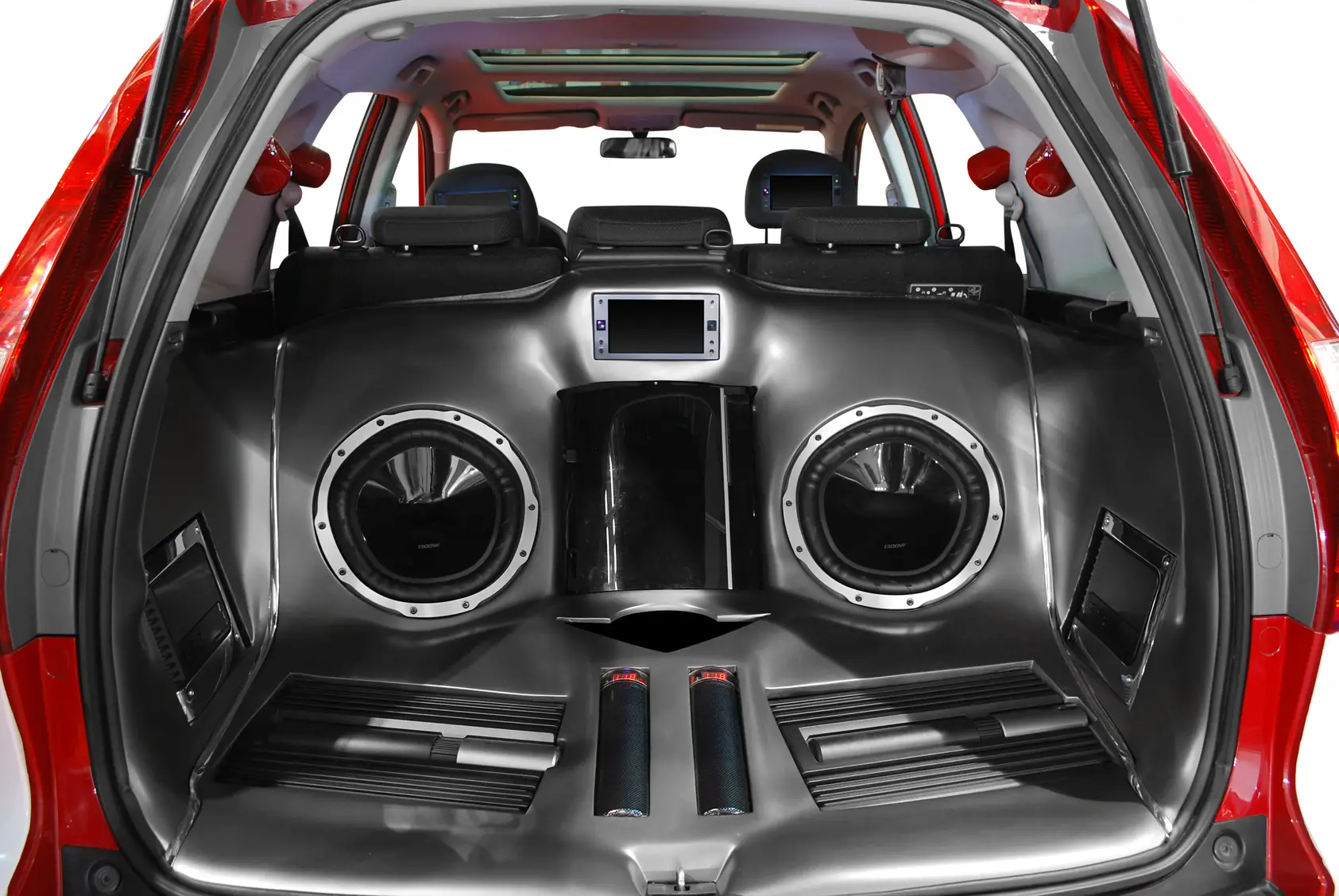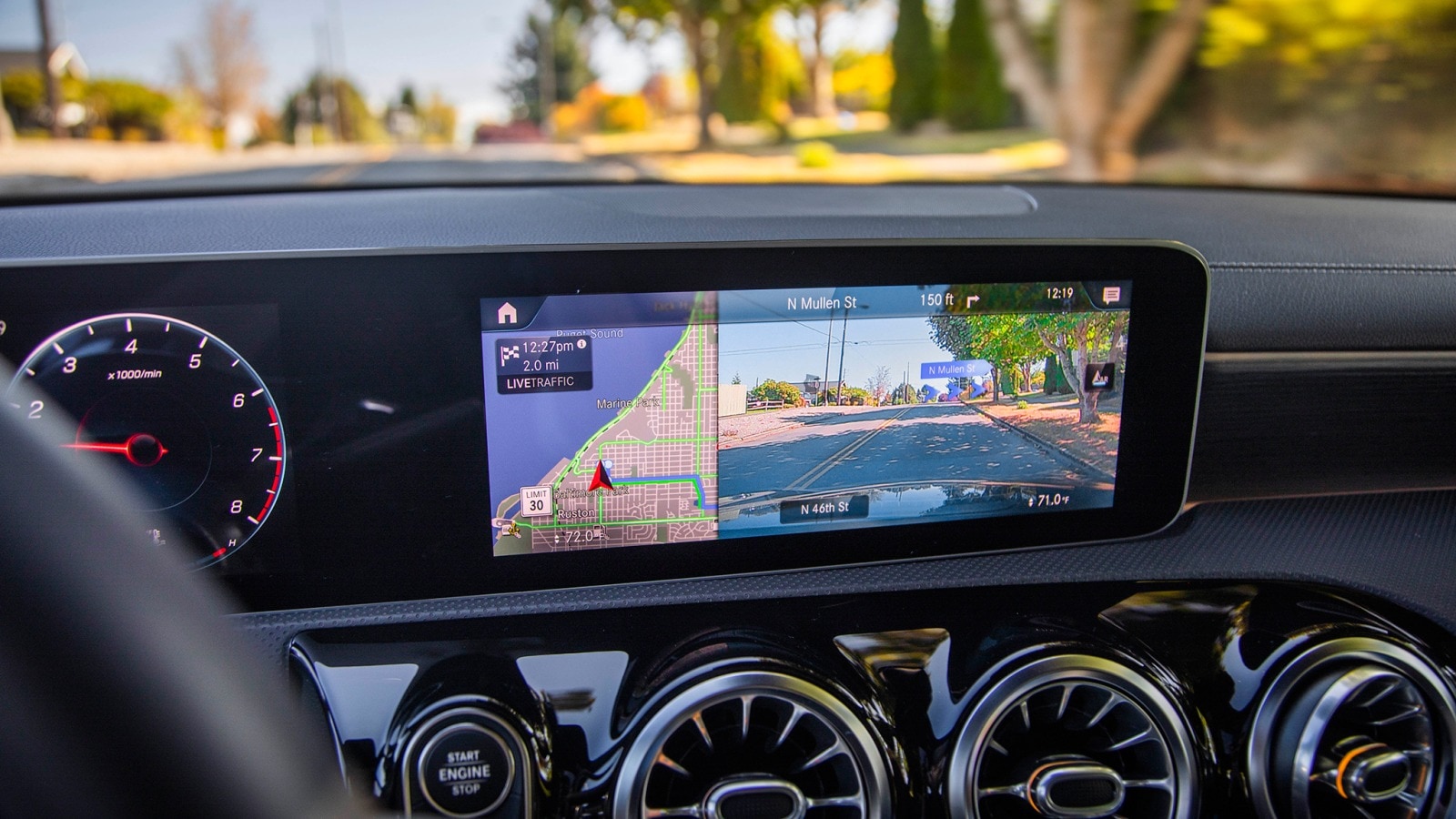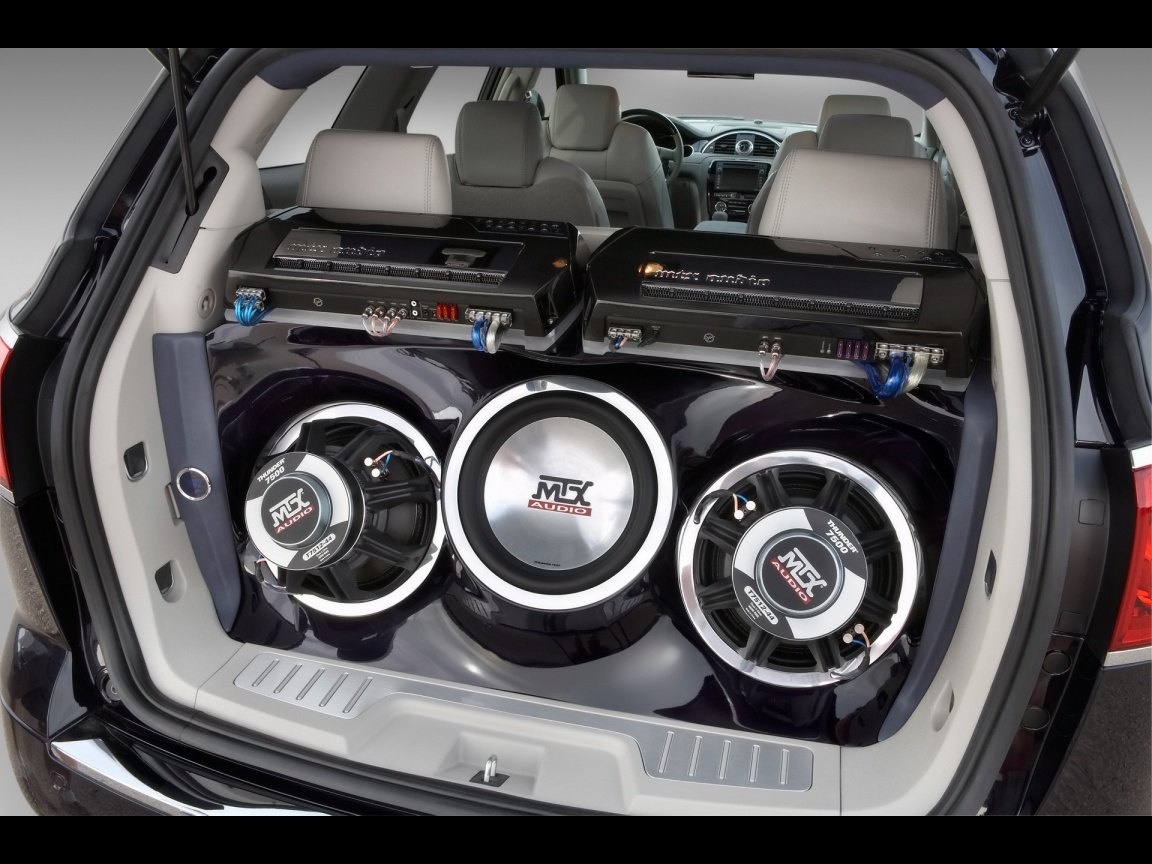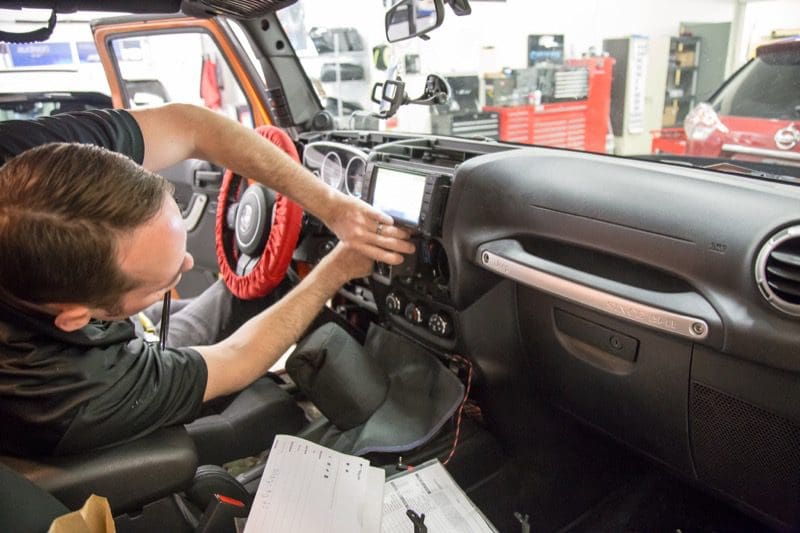In today's busy world, parking and reversing in tight spots can be quite a challenge. Fortunately, with the advancements in automotive technology, installing a reversing camera can greatly improve your driving experience and safety on the road.
In this blog post, we'll walk you through the top tips for installing a Reversing Camera in any vehicle, making the process simple and hassle-free.
Understanding the Reversing Camera
Before diving into the installation process, it's important to understand the basic components and functionality of a reversing camera. Also known as a backup camera, this device is designed to provide a clear view of the area behind your vehicle, helping you to avoid obstacles, pedestrians, and other vehicles while reversing.
Understanding the various types and features of reversing cameras available can help you choose the right one for your specific vehicle and needs.
Selecting the Right Camera
When selecting a reversing camera, consider factors such as image quality, viewing angle, night vision capabilities, and weather resistance. Your choice should be compatible with your vehicle and provide a clear and wide-angle view to assist you in manoeuvring in tight spaces.
Whether you opt for a wireless or wired reversing camera, ensure that it meets your preferences and budget.
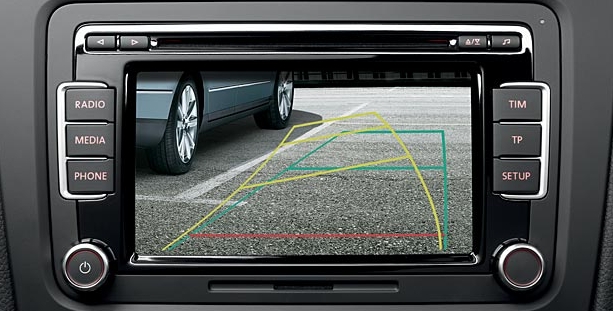
Positioning the Camera
The optimal positioning of the reversing camera is crucial for its effectiveness. It should be mounted in a location that provides a clear view of the area behind your vehicle. Take into account the size and design of your vehicle when deciding on the placement of the camera.
Once you have identified the ideal spot, ensure that it is securely mounted, with the wiring carefully routed to avoid any interference with moving parts or other electrical components.
Connecting the Camera to Power
To power the reversing camera, Adelaide, you'll need to connect it to a power source in your vehicle. In most cases, this involves tapping into the backup light circuit, allowing the camera to activate automatically when you shift into reverse gear.
It's essential to follow proper electrical procedures and, if needed, seek professional assistance to ensure a safe and reliable connection.
Installing the Display Monitor
In addition to the reversing camera, you will need a display monitor inside your vehicle to view the camera feed. This can be integrated into your vehicle's existing infotainment system or installed separately.
Consider factors such as display size, mounting options, and adjustability to find a setup that suits your preferences and provides clear visibility while reversing.
Testing and Calibration
Once the reversing camera and display monitor are installed, it's crucial to test the system thoroughly. Check the image quality, viewing angle, and functionality to ensure that everything is working as intended.
Make any necessary adjustments to the camera position or display monitor settings for optimal performance. Additionally, familiarise yourself with the camera's perspective to accurately judge distances and obstacles while reversing.
Conclusion
Installing a reversing cameraAdelaide in your vehicle can greatly enhance your safety and convenience while driving. By understanding the basics, selecting the right components, and following proper installation procedures, you can enjoy the benefits of this innovative technology. With these top tips, you can tackle the installation of a reversing camera with confidence, making your driving experience smoother and more secure.
Whether you're a seasoned DIY enthusiast or a novice looking to upgrade your vehicle, installing a reversing camera is a rewarding project that offers long-term benefits for your safety on the road. So, why wait? Get started on enhancing your driving experience today!
Source: Top Tips for Installing a Reversing Camera in Any Vehicle
